NASA has tweeted a heartbreaking farewell message from its InSight lander, which fell silent last week after four years spent unraveling the secrets held by the Red Planet.
The agency has now officially retired the phenomenally successful mission after the probe failed to respond to spacecraft in Mars orbit on two consecutive occasions.
On December 18, the probe finally stopped responding to NASA’s calls altogether, its power reserves having assumedly depleted beyond the point of use.
“My power’s really low, so this may be the last image I can send,” NASA tweeted in response from the official mission account, as reported by NPR. “Don’t worry about me though: my time here has been both productive and serene. If I can keep talking to my mission team, I will – but I’ll be signing off here soon. Thanks for staying with me.”
The tweet was accompanied by the final image that InSight was able to beam back to Earth. The shot showed the red, alien surface of Mars stretching out to the horizon. Also in the frame was the dust-covered form of the lander’s Seismic Experiment for Interior Structure (SEIS) instrument.
Insight touched down near the Martian equator at a site called Elysium Planitia back in November 2018. Its mission was to explore the interior of the Red Planet using a suite of advanced scientific instruments, and a 16-foot (5-meter) heat-measuring spike, which was lovingly nicknamed « the mole ».
However, the four-plus years spent on that alien surface took its toll on the lander. Over time, a thin coat of red, wind-driven dust came to coat InSight’s robotic form, dramatically reducing the amount of energy being generated by its twin solar panels.
This heralded the beginning of the end for the mission, and InSight’s Earthbound handlers have been prepping for some time for the moment that they would lose contact with their beloved lander.
InSight’s goal had been to shed light on how Mars – and other rocky planets – came to form around our newborn star some 4.5 billion years ago and to search for the marsquakes that were thought to rattle through Earth’s closest neighbor on a regular basis.
“We’ve thought of InSight as our friend and colleague on Mars for the past four years, so it’s hard to say goodbye,” commented the mission’s principal investigator at NASA’s Jet Propulsion Laboratory, Bruce Banerdt, in a NASA press release. “But it has earned its richly deserved retirement.”
Its time actively exploring Mars may have drawn to a close, but InSight’s legacy will live on for generations in the wealth of scientific data transmitted to Earth from Mars’ lifeless surface.
InSight has revolutionized humanity’s understanding of the Martian core, mantle, and crust, and revealed countless insights into the evolution of the world in part by reading the seismic waves permeating through the planet. InSight also kept track of meteorites as they struck Mars, and successfully recorded the first quake on another planet.
Over the course of its career, it would detect over 1,300 marsquakes, the most recent of which shook the Martian surface for over six hours and was thought to have the power of a magnitude 5 Earthquake. Despite calling an end to the mission, NASA will continue attempting to contact the lander using the Deep Space Network, in the hope that it will, somehow, respond.

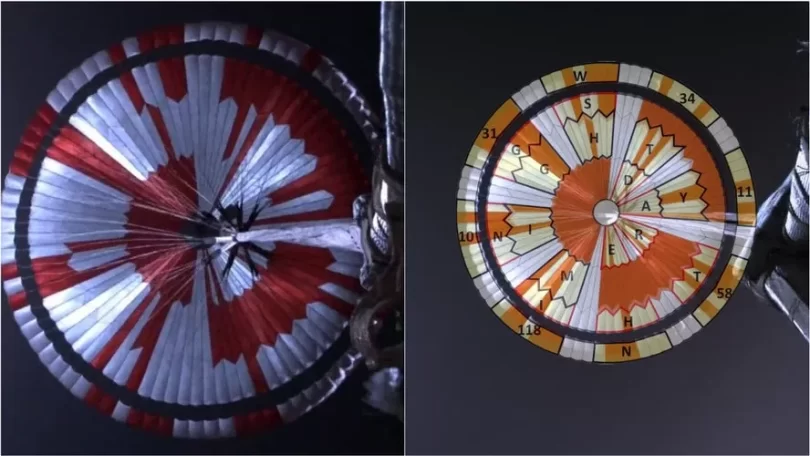
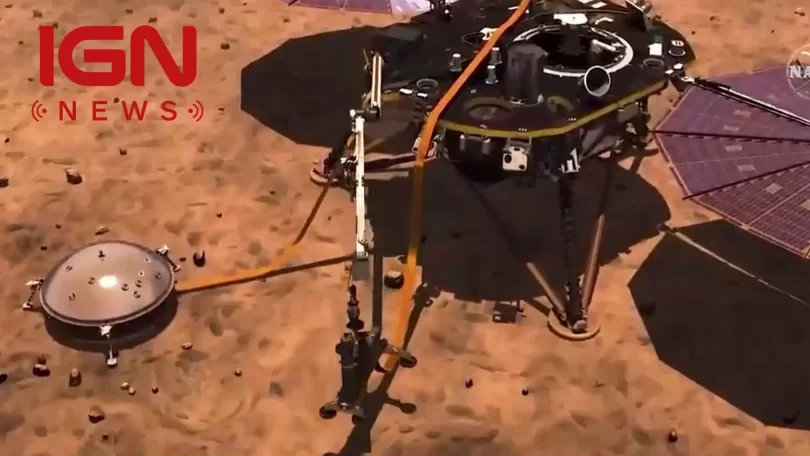
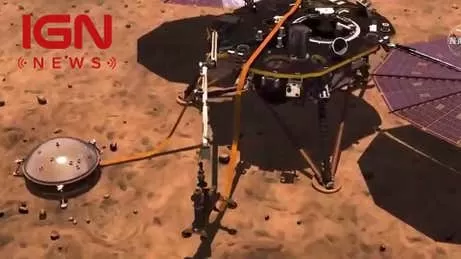





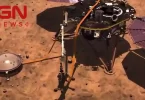
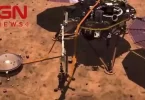







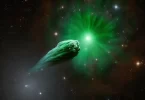


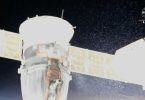
Leave a Comment
You must be logged in to post a comment.